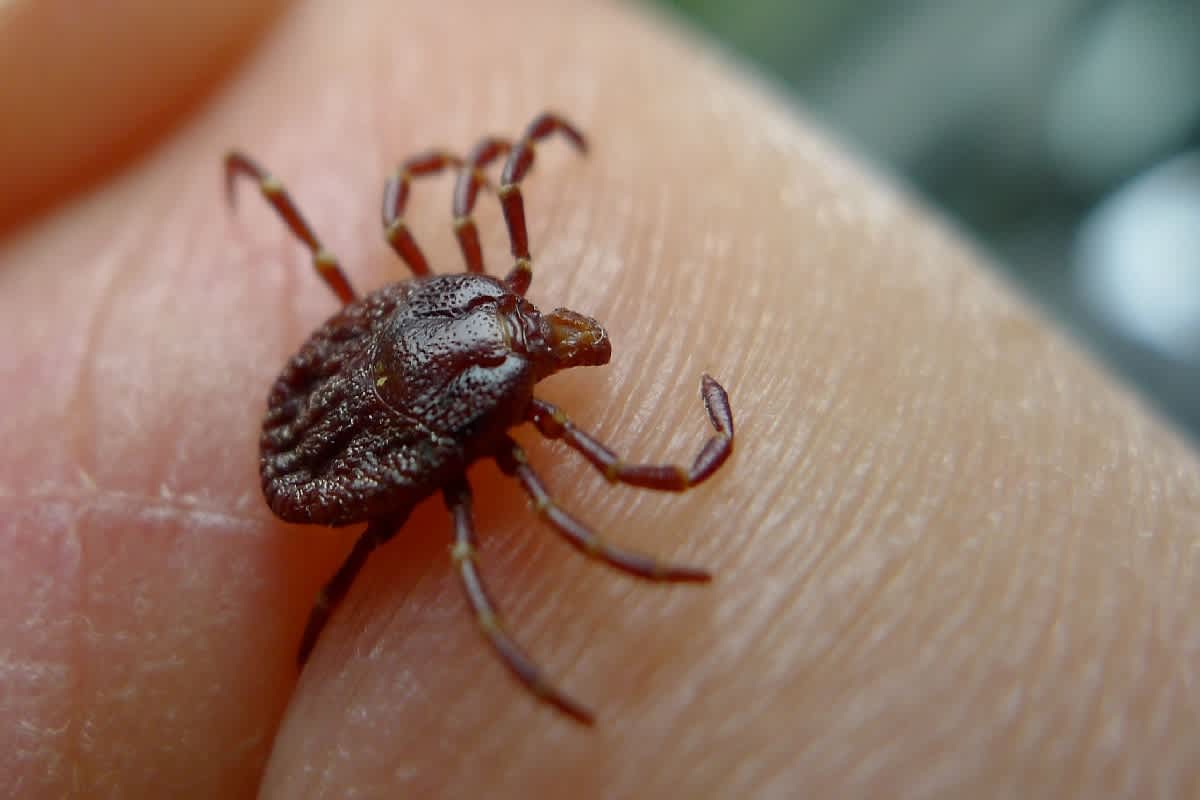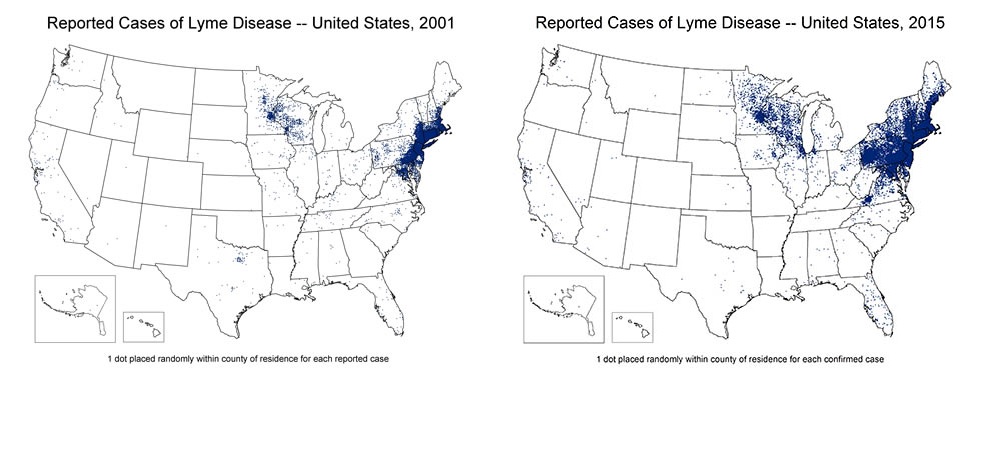Attention Hunters: Grim Forecast for Lyme Disease in the Northeast
OutdoorHub Reporters 03.06.17

In 2016, a plague of mice struck down on the Hudson River Valley. This little creature, capable of causing some to shriek like banshees, is just a nuisance, especially for hunters in the field. But to some experts, this plague signaled something much more menacing.
Rick Ostfeld, an ecologist at the Carry Institute of Ecosystem Studies in Millbrook, N.Y., and his wife, Felicia Keesing, an ecologist at Bard College, say the rise in mice for 2016 correlates to the Lyme cases the following summer.
Keesing and Ostfeld have studied Lyme for over 20 years, and have come up with a way to predict when the disease will be more prominent: Count the mice the year before, they reported.
It’s quite simple, really: Mice provide free rides for ticks all summer long. And mice are responsible for infecting up to 95% of the ticks feeding on them with Lyme. “An individual mouse might have 50, 60, even 100 ticks covering its ears and face,” Ostfeld says.

So basically, all those critters you were kicking up in the field last year, means there will be an increase in the Lyme plague this year. Ostfeld is predicting 2017 to be a “particularly risky year for Lyme,” though he cannot predict which states will be at the highest risk.
Regardless, hunters and all other folks spending time outdoors this summer, should be vigilant in checking for ticks.

